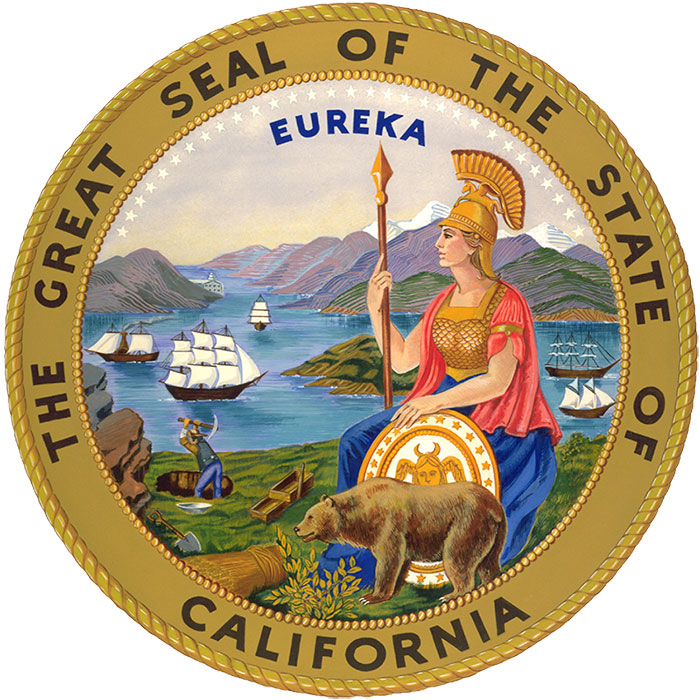
MONTREAL – Technology and carbon footprint gaps between Class I railroads eventually could be a catalyst for a merger of two of the big North American rail systems, Canadian National CEO JJ Ruest says.
Any merger involving two of the big six Class I systems would have to address competition issues through reciprocal switching or some other mechanism that would provide shippers with better commercial access to two railroads, Ruest told an investor conference today.
U.S. regulations that date to 2001 require a merger of Class I railroads to be pro-competitive.
In Canada, interswitching regulations give shippers access to both CN and Canadian Pacific under certain circumstances. The U.S. Class I railroads have opposed shipper calls for expanded reciprocal switching.
Ruest says a new competitive model that would allow a merger to receive regulatory approval would certainly have an impact on a railroad’s pricing power.
“So there’s a cost that comes to that,” Ruest says. “But there’s also a lot of efficiencies coming in if you could actually put a network together, and from a service point of view you could also offer services which are very difficult … to offer when you create them interline.”
Other benefits of a merger could come from closing gaps in technology and fuel efficiency, Ruest says. CN is an industry leader on both fronts, Ruest says.
CN aims to automate and digitize its operations using proprietary technology developed in house. If another railroad doesn’t make as much technology progress in the next five years, Ruest says, then rolling out CN’s systems on a much bigger merged network would provide cost, efficiency, and service benefits.
It’s also possible, Ruest says, that a Class I railroad could fall behind on fuel efficiency and emissions reductions.
CN leads the industry in fuel efficiency and is exploring alternatives to the diesel-electric locomotive, including hydrogen fuel cells and electrification, as a way to reduce greenhouse gas emissions. Environmental, social, and governance or ESG criteria are becoming increasingly important to investors and some railroad shippers, particularly as efforts intensify to fight climate change.
“People should not dismiss the importance of moving ahead with technology before it’s too late,” Ruest says. “And people should not dismiss that eventually the pressure on ESG will really catch the rail industry and the fact that we consume so much diesel. It will happen.”
Ruest spoke at the Citi 2021 Global Industrial Virtual Conference.














So who in China is he taking payments from?